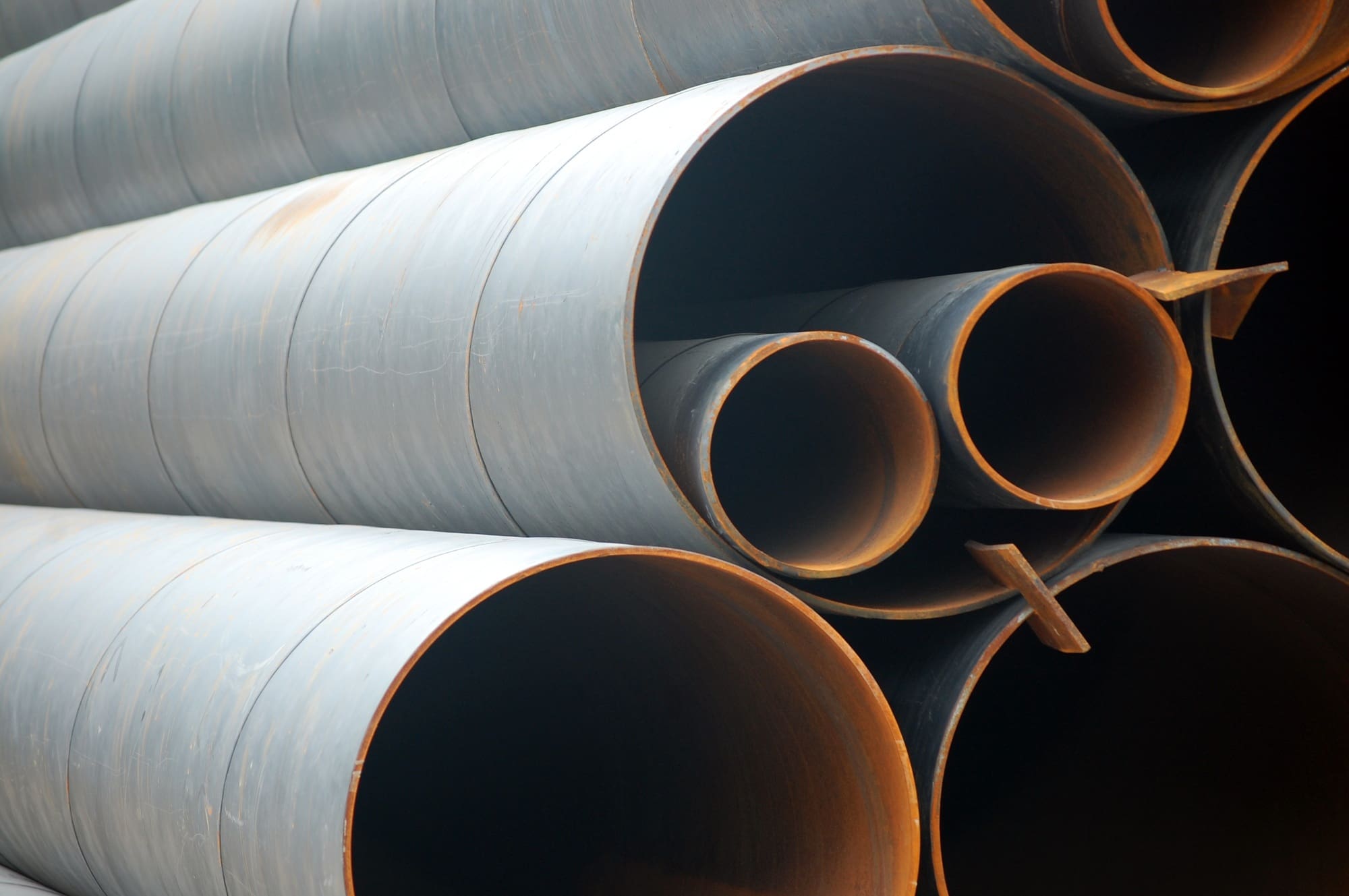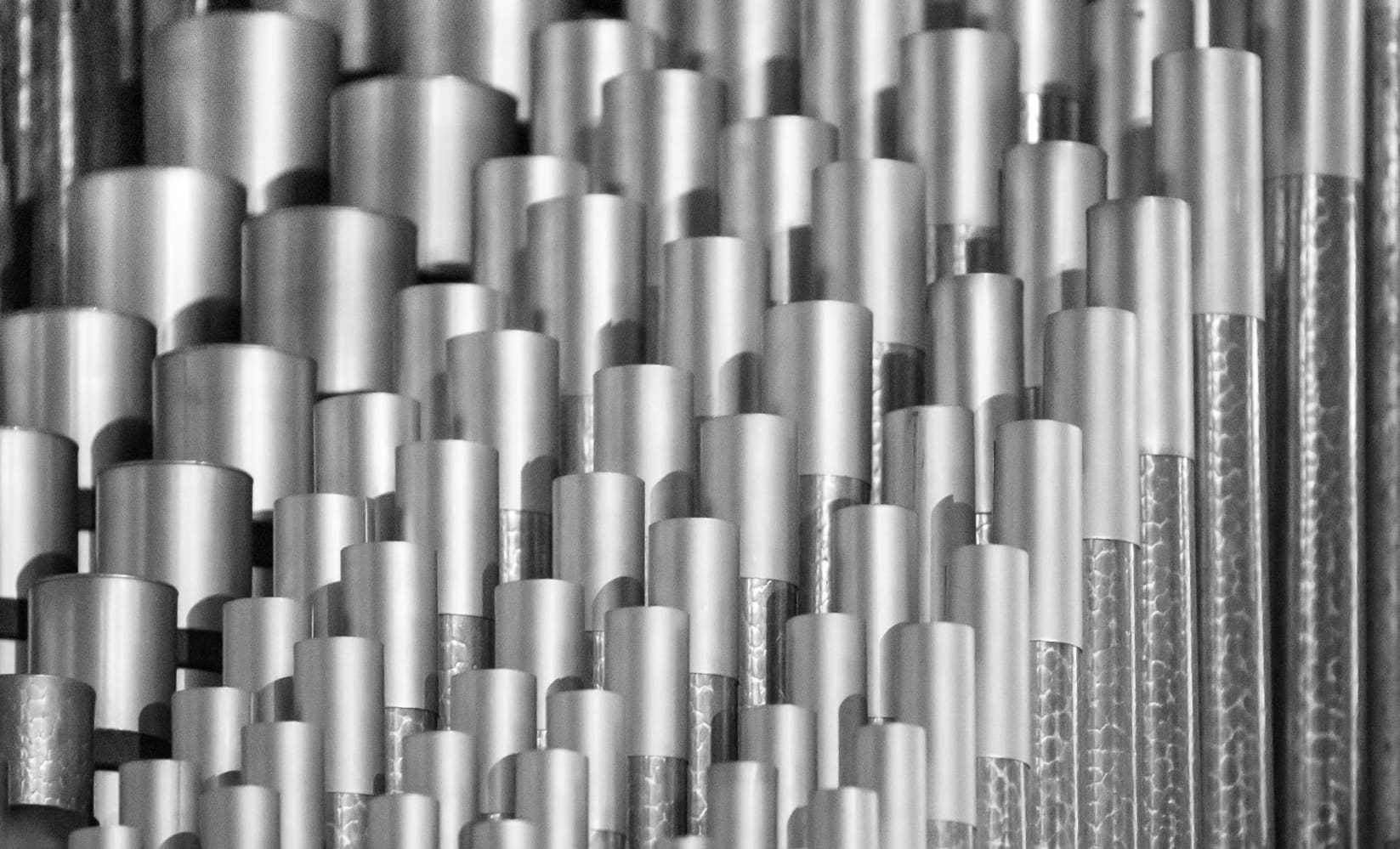This article explores the causes of stainless steel corrosion, the different types of corrosion that can occur, and the best practices for maintenance and long-term protection.
What Causes Stainless Steel Corrosion?
The Role of Chromium in Corrosion Resistance
Stainless steel is resistant to rust because of its chromium content. When exposed to oxygen, chromium forms a thin, invisible oxide layer on the surface of the steel, creating a protective barrier against moisture and chemical exposure. This passive layer prevents corrosion and allows stainless steel to maintain its integrity even in harsh environments.
However, if this protective layer is damaged or compromised, corrosion can develop. Contaminants, high temperatures, and prolonged exposure to harsh chemicals can weaken the oxide layer, leaving the underlying metal vulnerable.
Environmental Factors That Affect Corrosion
Several environmental factors can contribute to stainless steel corrosion, including:
- Exposure to chlorides – Saltwater, de-icing salts, and industrial chemicals containing chloride can break down the passive oxide layer.
- High humidity and moisture – Continuous exposure to moisture without proper airflow can lead to corrosion, especially in enclosed or poorly ventilated spaces.
- Pollutants and industrial chemicals – Sulfur dioxide, acid rain, and harsh cleaning agents can accelerate corrosion by reacting with the protective layer.
- High temperatures – Extreme heat can alter the structure of stainless steel, making it more susceptible to certain types of corrosion.
Different environments create different risks, making it important to select the right stainless steel grade and take preventive measures when necessary.
Types of Stainless Steel Corrosion
Pitting Corrosion
Pitting corrosion occurs when small, localized holes or pits form on the surface of stainless steel. This usually happens in environments with high chloride exposure, such as coastal areas, swimming pools, and chemical plants. The pits penetrate deep into the material, weakening the structure and reducing its lifespan.
Higher-grade stainless steel, such as 316 stainless steel, contains molybdenum, which improves resistance to pitting in chloride-rich environments. Regular rinsing and protective coatings can also help prevent pitting corrosion.
Crevice Corrosion
Crevice corrosion occurs in tight spaces where moisture and contaminants become trapped, preventing oxygen from reaching the protective oxide layer. This type of corrosion is common in areas such as bolts, washers, and overlapping metal surfaces.
To prevent crevice corrosion, stainless steel should be designed with minimal gaps, and regular cleaning should be performed to remove trapped moisture and debris. Using proper sealants or selecting stainless steel with a higher resistance to crevice corrosion can also help.
Galvanic Corrosion
When two different metals come into contact in the presence of an electrolyte, such as water or moisture, galvanic corrosion can occur. One metal acts as the anode and corrodes faster, while the other metal (the cathode) remains protected. Stainless steel can experience galvanic corrosion when it is in contact with materials such as aluminium, zinc, or carbon steel.
To reduce the risk of galvanic corrosion, stainless steel should be isolated from dissimilar metals using insulating materials or coatings. If mixed-metal contact is unavoidable, selecting compatible materials and applying protective treatments can help prevent accelerated corrosion.
Intergranular Corrosion
This type of corrosion occurs when stainless steel is exposed to prolonged high temperatures, causing the chromium in the material to combine with carbon and form carbide deposits along the grain boundaries. This reduces the protective chromium content in certain areas, making them more vulnerable to corrosion.
Intergranular corrosion is most common in welding applications where high heat is applied. Using low-carbon stainless steel, such as 304L or 316L, and following proper welding procedures can help prevent this issue.
Stress Corrosion Cracking (SCC)
SCC occurs when stainless steel is exposed to tensile stress and a corrosive environment simultaneously. This type of corrosion is particularly problematic in high-temperature environments where chloride exposure is present, such as chemical processing plants and marine applications.
Preventing SCC involves selecting stainless steel grades that are more resistant to cracking, reducing stress through proper design, and avoiding prolonged exposure to chloride-rich conditions.
Best Practices for Preventing Stainless Steel Corrosion
Selecting the Right Stainless Steel Grade
Choosing the right grade of stainless steel for the environment in which it will be used is essential. Grades such as 304 are suitable for general applications, while 316 stainless steel is preferred for environments with high chloride exposure due to its added molybdenum content.
For extreme conditions, duplex stainless steel offers superior corrosion resistance, particularly in marine and chemical processing environments.
Regular Cleaning and Maintenance
Keeping stainless steel surfaces clean helps prevent the buildup of contaminants that can contribute to corrosion. Cleaning should be done using mild detergents and warm water, avoiding harsh chemicals or abrasive cleaners that can damage the protective oxide layer.
For heavily exposed areas, rinsing with fresh water after exposure to salt, chemicals, or industrial pollutants can help maintain corrosion resistance.
Proper Design and Installation
Well-designed stainless steel components reduce the risk of corrosion by minimising crevices and ensuring proper drainage to prevent water buildup. Using high-quality fasteners, avoiding contact with dissimilar metals, and applying protective coatings can all extend the lifespan of stainless steel structures.
In high-risk environments, regular inspections should be carried out to identify early signs of corrosion and take corrective action before significant damage occurs.
Protective Coatings and Surface Treatments
While stainless steel is naturally corrosion-resistant, applying protective coatings can enhance its longevity in aggressive environments. Passivation treatments, which remove free iron from the surface, help reinforce the protective oxide layer and improve resistance to corrosion.
Electropolishing, a chemical process that smooths the surface of stainless steel, can also reduce the risk of contamination and crevice corrosion by removing surface irregularities.
Why Corrosion Prevention Matters
Corrosion can lead to weakened structures, costly repairs, and reduced performance of stainless steel components. By understanding the causes of corrosion and taking proactive measures, businesses can extend the lifespan of their stainless steel equipment and structures while maintaining safety and efficiency.
Whether in industrial applications, architectural projects, or food processing environments, investing in the right stainless steel grade and following best maintenance practices ensures that stainless steel remains a durable and cost-effective material for years to come.
Looking for Corrosion-Resistant Stainless Steel?
At Macro Stainless, we supply high-quality stainless steel solutions designed to withstand challenging environments. Whether you need corrosion-resistant grades for marine, chemical, or industrial applications, we offer materials that ensure long-term performance.
Contact us today to find the right stainless steel for your project.




